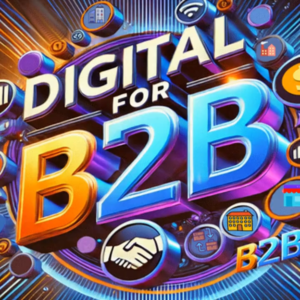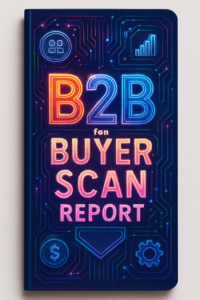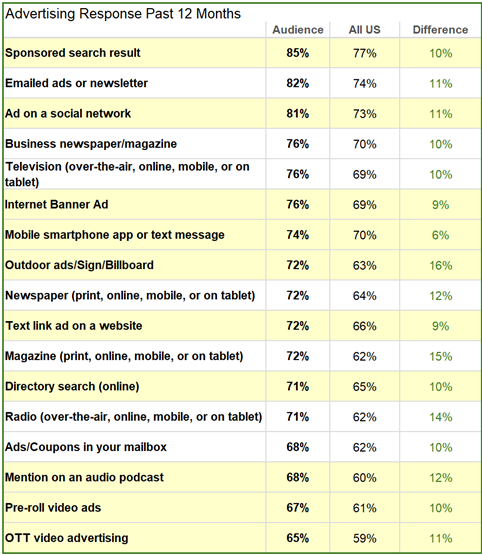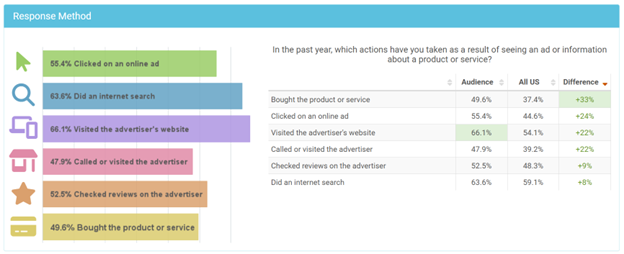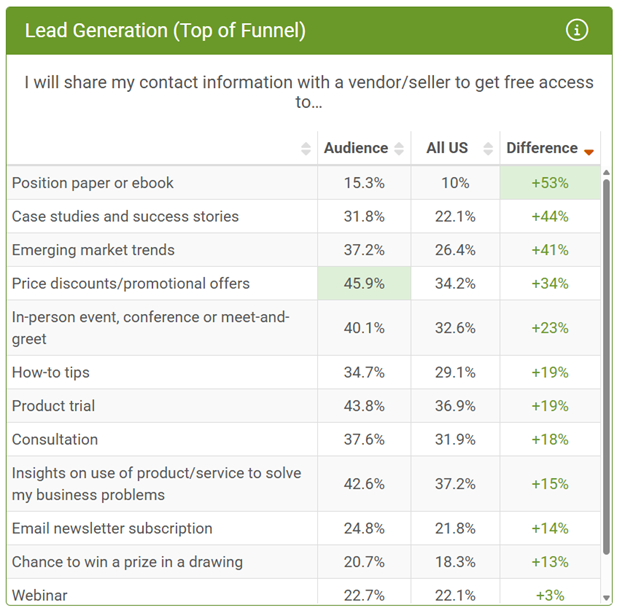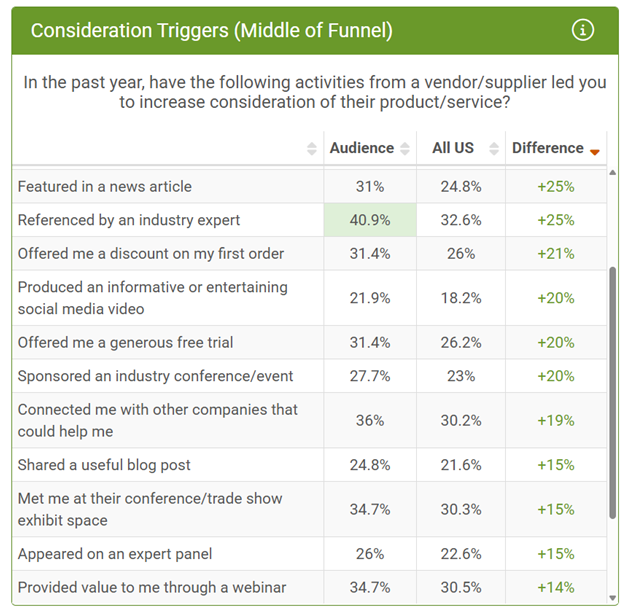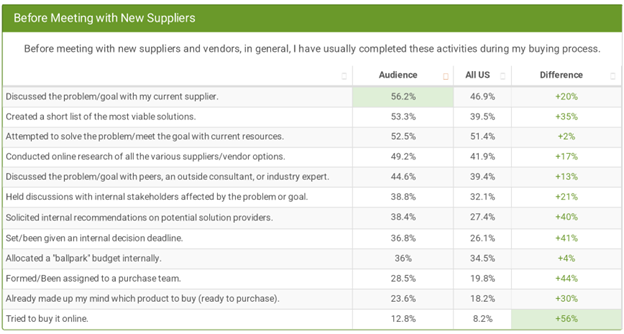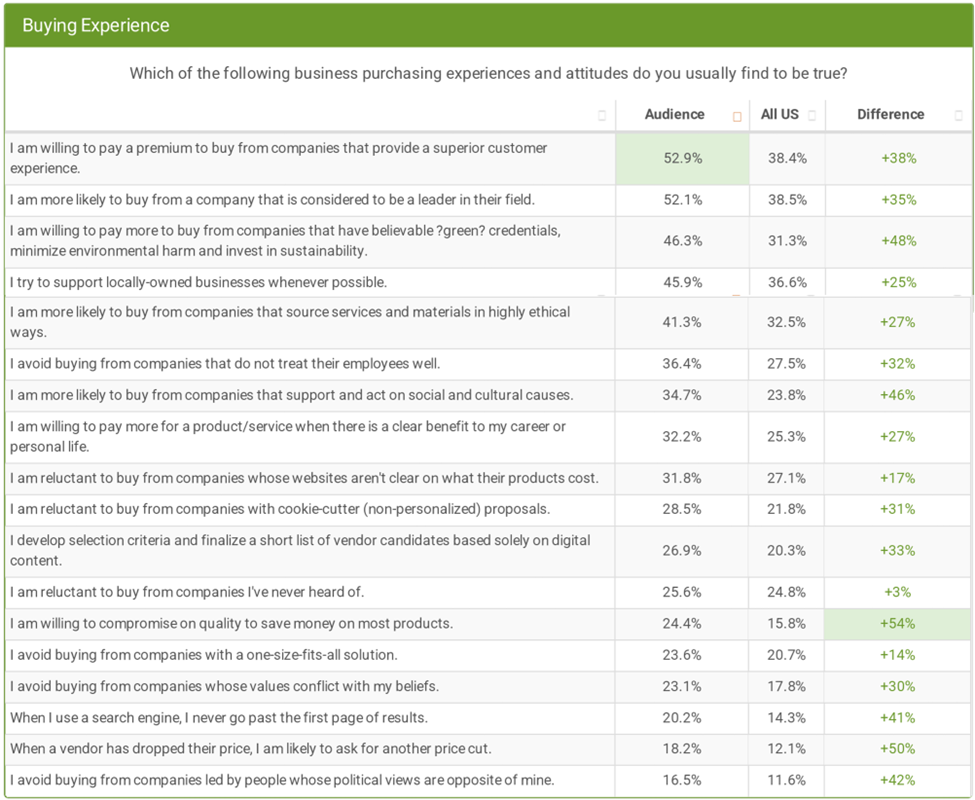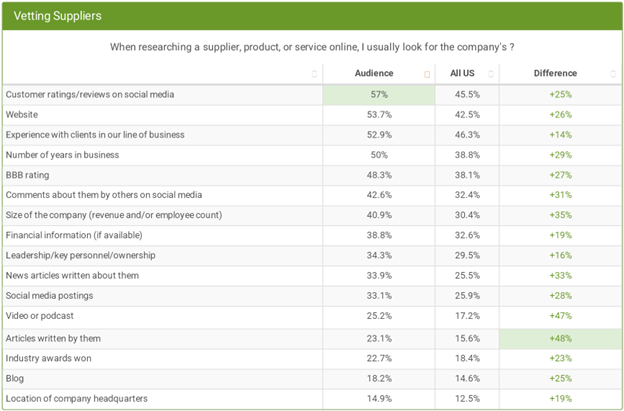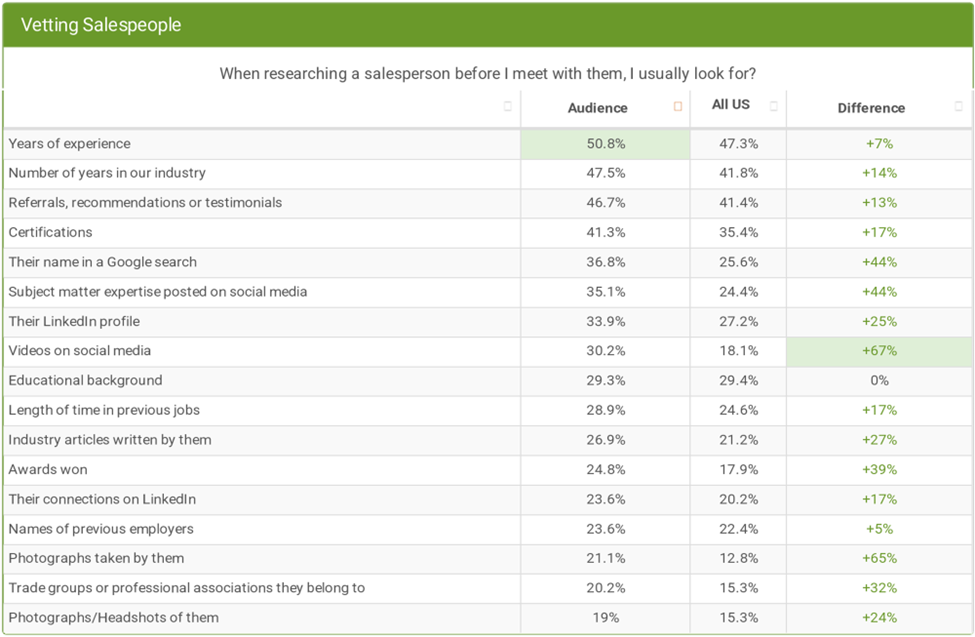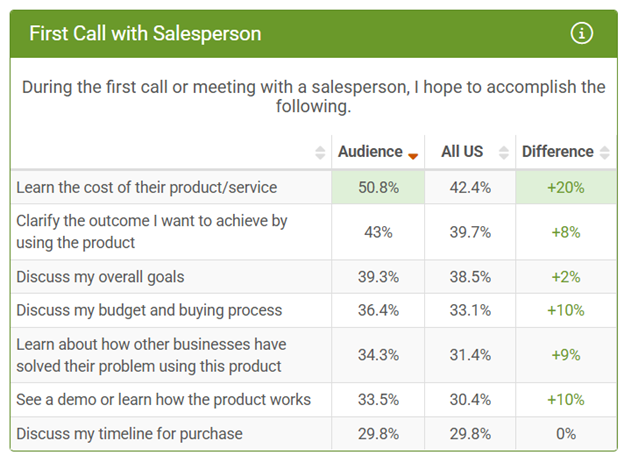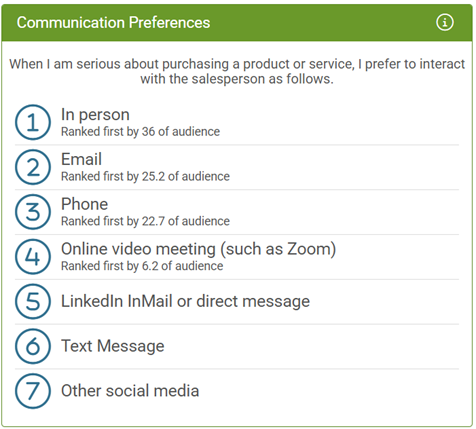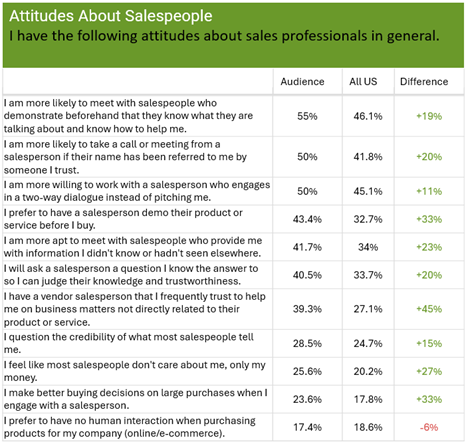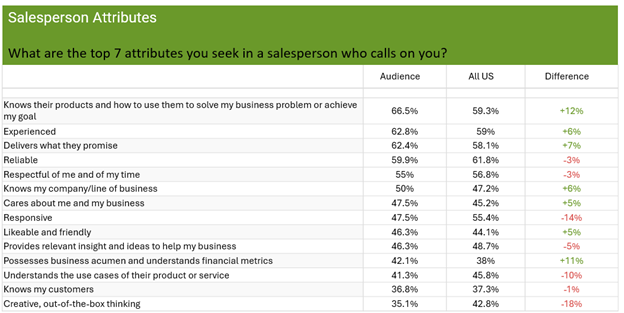Mobile Conquesting: The Smarter Way to Reach Your Audience on the Go
Let’s be honest: our phones go everywhere with us. From the office to the couch, the grocery store to the bathroom (yes, really), mobile devices are an extension of ourselves—and our behavior proves it. According to smartphone usage data, over 80% of Americans own a smartphone, and they check it an average of 96 times a day.
That’s nearly 100 chances a day to reach your ideal customer—if you’re using the right digital tools.
Enter Mobile Conquesting
This isn’t your average mobile ad tactic. It’s a powerful, hyper-targeted digital advertising strategy that leverages behavioral, geographic, and demographic data to deliver the right message to the right person, exactly when and where it matters most.
Key Takeaways from this article:
- Understand Mobile Conquesting
- Learn how behavioral targeting works
- Find out how Geo-Fencing & Geo-Retargeting can support your efforts
- Identify other uses for Mobile Conquesting
What is Mobile Conquesting?
Mobile Conquesting is a digital advertising strategy that targets users on their mobile devices using a mix of behavioral data, real-time location information, and demographic insights. Ads can be served in the form of static banners, videos, or even dynamic scrolling banners, and they appear on websites and apps that users are already visiting.
But Mobile Conquesting is more than just where your ads show up—it’s who sees them, and why.
The platform uses massive amounts of data to categorize users based on their habits, both online and offline. From the places they go, the apps they use, the forms they fill out, to the things they buy, this behavioral footprint helps advertisers reach a precise audience based on real intent.
Behavioral Targeting: Reaching People Based on Real Actions
Unlike basic demographic targeting, behavioral targeting with Mobile Conquesting goes deeper. It includes:
- Online Actions: What users browse, shop for, read, and engage with on their phones.
- Offline Actions: Where people physically go with their phones—stores, restaurants, events, gyms, and more.
- Lifestyle & Interest Categories: Based on a user’s digital and real-world patterns.
Some of the 500+ behavioral targeting categories include:
- Fitness Enthusiasts
- DIYers
- Pet Owners
- Luxury Auto Shoppers
- Millennials
- Golfers
- Spa Enthusiasts
- Business Travelers
- Fast Casual Diners
- Outdoor Enthusiasts
This allows businesses to create ads that feel relevant, timely, and personalized—because they are.
Geo-Fencing & Geo-Retargeting: The Power of Location
Imagine being able to show your ads to someone while they’re inside your competitor’s store. That’s exactly what Geo-Fencing allows you to do.
Geo-Fencing is the process of drawing a virtual perimeter around a real-world location. Once a person enters that geo-fenced zone with their mobile phone and is actively browsing, they become eligible to receive your ad.
Here’s how it works:
- A customer walks into a location you’ve geo-fenced (a competitor’s store, a venue, a tradeshow, etc.).
- They’re served your ad—or tagged for retargeting later.
- After they leave, your ad continues to follow them across apps and websites they use. This is Geo-Retargeting.
- You can even expand to reach others in that customer’s neighborhood using Lookalike Targeting, which helps build brand recognition in the communities where your ideal customers live.
Weather Triggered Ads
Want to advertise your roofing service only when a storm is in the forecast? With Weather Triggered Ads, you can launch or pause campaigns based on:
- Temperature changes (HVAC companies love this!)
- Rain or snow conditions (food delivery services love this, deliver food when users do not want to be mobile! Movie theaters too!)
- Wind speeds (roofers and other home services love this)
- Weather alerts (flood, extreme heat, etc.) (Generator rental/sales companies love Hurricane Force Wind or Inland Hurricane alerts)
These ads are only served when the selected condition is met in your target geography—making them a powerful tool for seasonal businesses or those impacted by weather.
Address Targeting & Retargeting: Like Direct Mail, But Smarter
Do you have a list of customers or prospects? With Address Targeting, you can show mobile ads directly to those people while they’re at home—and keep showing ads to them even after they leave their house.
Think of it as the digital version of direct mail, but instead of hoping someone checks their mailbox, your message shows up in the palm of their hand. Address targeting works especially well for political campaigns, real estate professionals, and local service providers.
To run an address-targeting campaign:
- You need a list of at least 500 physical addresses.
- You can split your list for multiple ad creatives.
- All ads are mobile display or video and run with the same pricing model as other Mobile Conquesting strategies.
Cross-Platform Targeting: Follow Them Across Devices
Once someone sees your mobile ad, how do you stay top-of-mind when they switch devices?
Cross-Platform Targeting solves that by using a Universal Pixel to identify users across different ad platforms. This means your ad can follow them from their phone to their tablet, to their desktop, or even connected TV.
This boosts conversion rates since many users still complete purchases or inquiries on larger screens.
On-Site Visit Tracking: Measure Real Foot Traffic
Mobile Conquesting can track users who have seen your ad and then visited your physical location within two weeks.
This is done through GPS-enabled mobile devices, and only counts verified visits (users must be browsing and have GPS on). These metrics are shown in your monthly reports and are verified by third-party systems.
That means you’re not just guessing whether your ads worked—you know they did.
DNA Reports: Know Your Audience
When you use geo-fencing, you gain access to detailed DNA Reports. These reports break down the top 10 characteristics of people who either clicked on your ad or visited your location.
You’ll learn things like:
- Age and gender breakdowns
- Household income levels
- Behavioral categories they belong to
Use this insight to improve your messaging, adjust your targeting, or upsell to similar audiences in future campaigns.
Creative Options: Let Your Ads Shine
Mobile Conquesting supports several creative formats:
- Static Display Ads – standard mobile banners
- Scrolling Banner Ads – dynamic messages with real-time distance to the nearest location
- Video Ads – 15-30 second mobile-optimized video
![]()
Final Thoughts: Is Mobile Conquesting Worth It?
Absolutely.
Mobile Conquesting isn’t just another ad platform—it’s a full-funnel mobile solution that:
- Reaches highly targeted audiences
- Leverages location and behavior-based data
- Tracks actual foot traffic and ROI
- Works across devices and platforms
Whether you want to drive customers into your store, increase brand awareness, or stay in front of your most valuable leads, Mobile Conquesting gives you the tools to do it efficiently—and effectively.
Let’s get your campaign rolling.
The post Mobile Conquesting: The Smarter Way to Reach Your Audience on the Go appeared first on Vici Media Inc..






